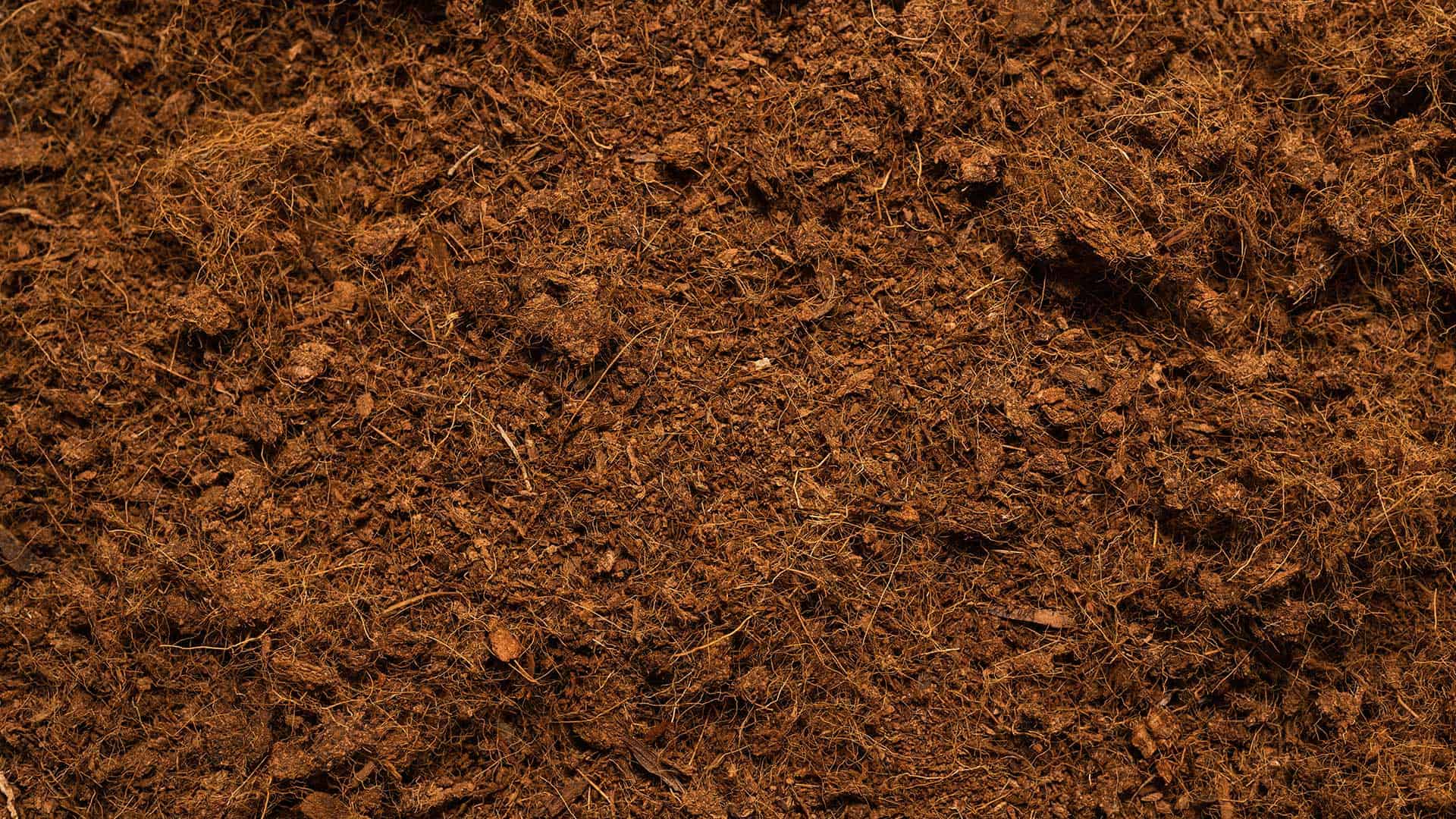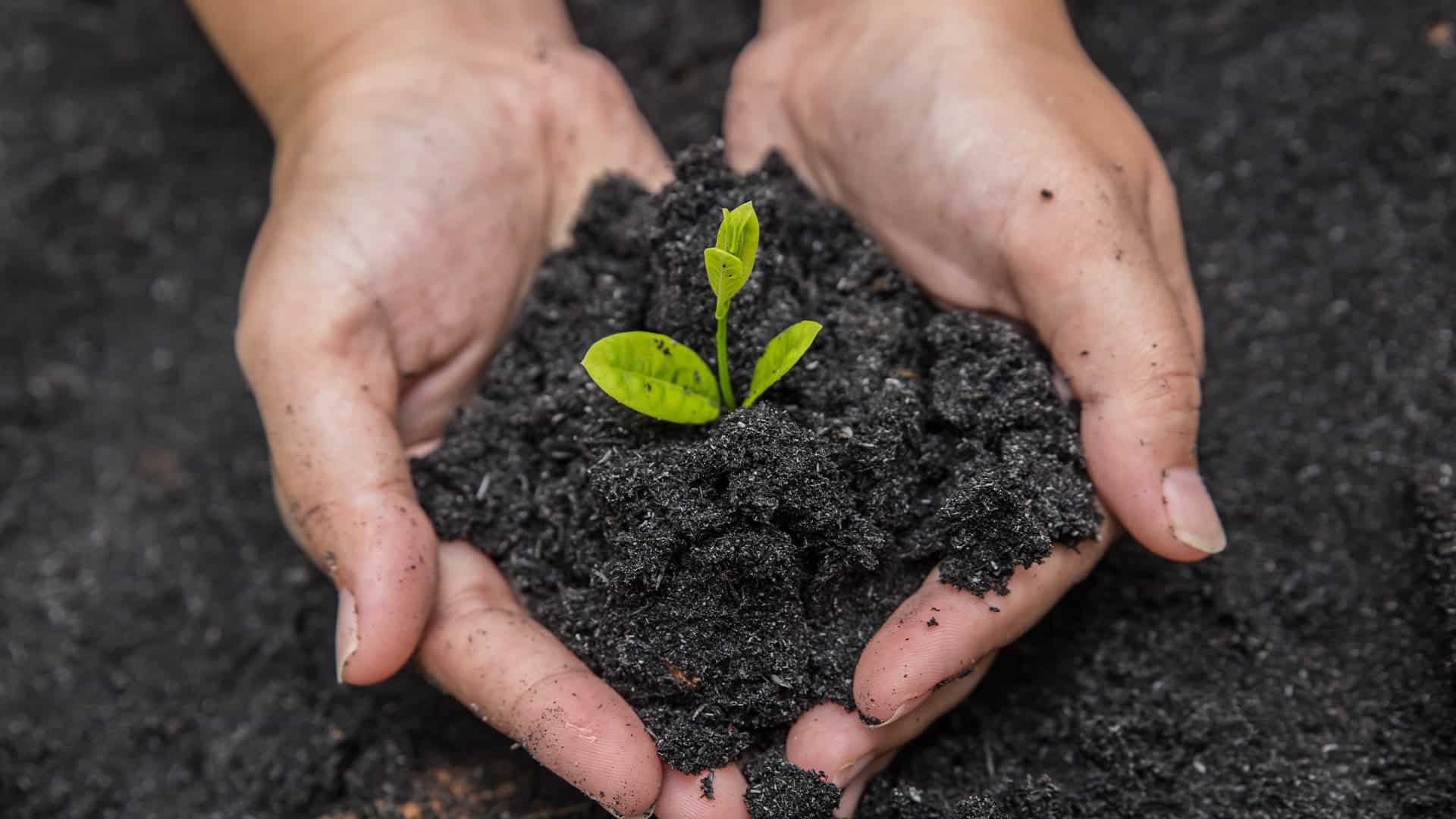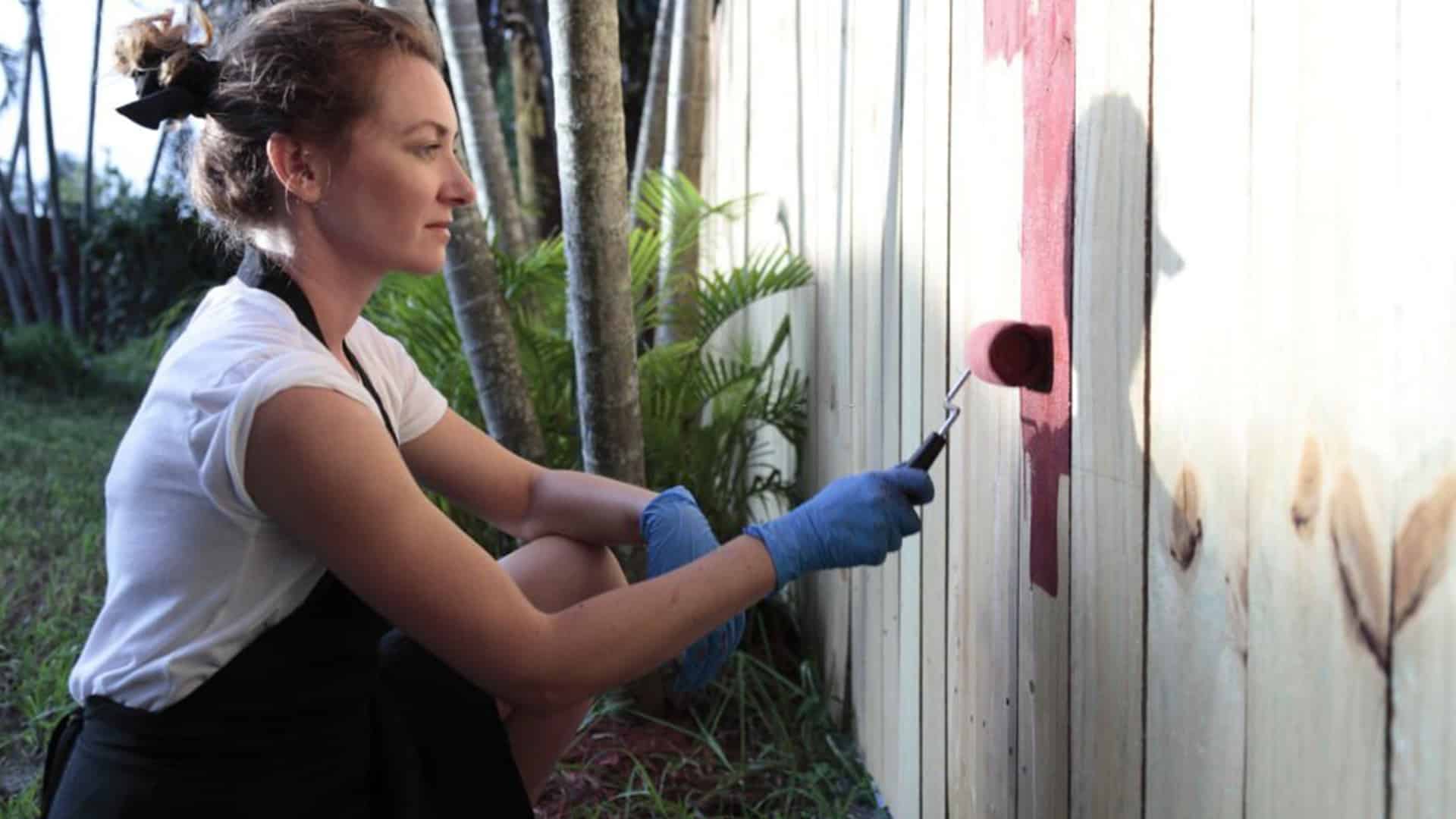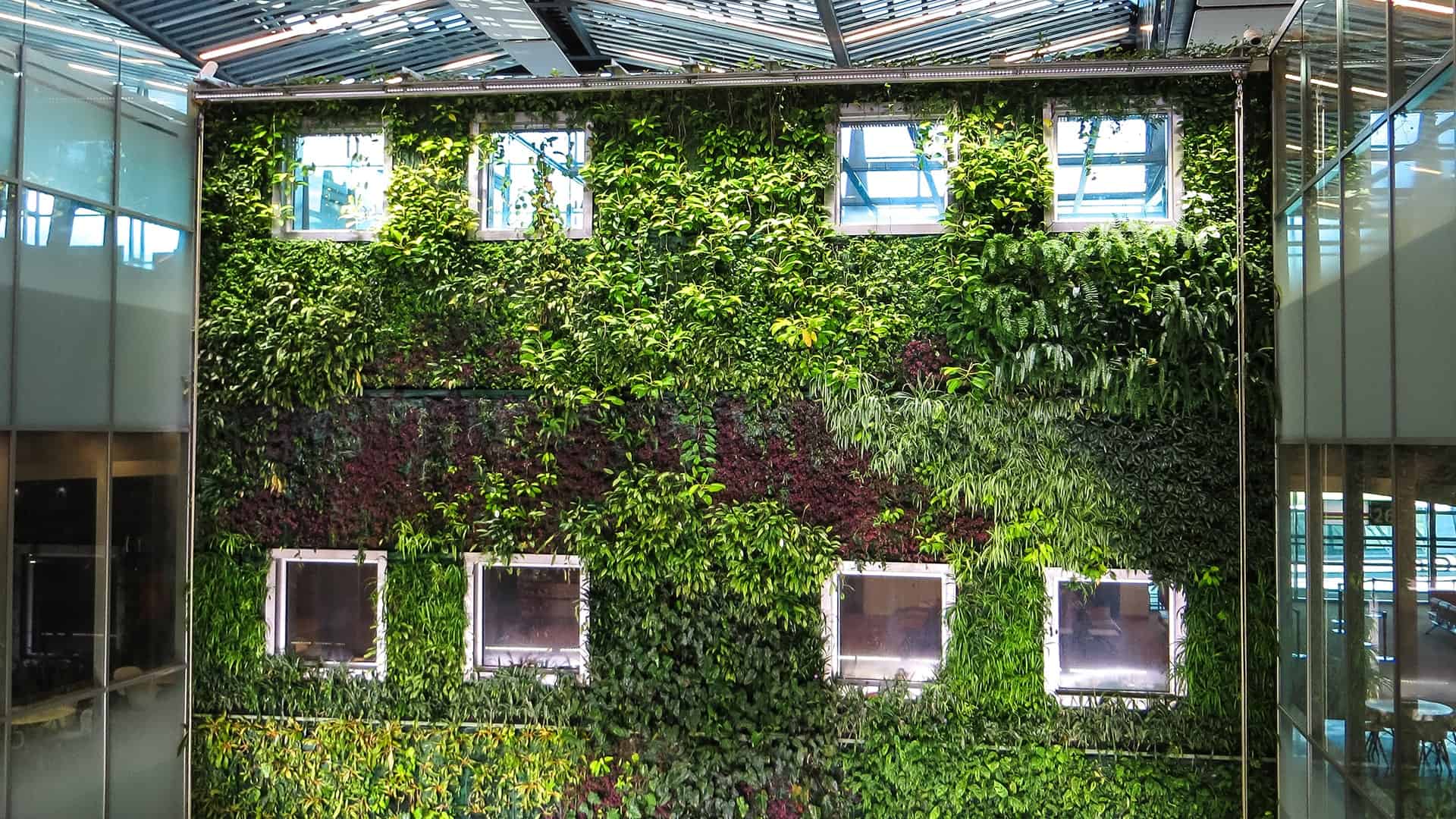If you’re looking to start a garden, it can be intimidating. You might even consider buying some soil from a nursery or a big box store, but that’s not always the best idea. If your soil is healthy and good for growing plants, then it should have nutrients that are easy to access and absorb—but if not, it’ll be hard for your plants to thrive! So what do we need in order to grow some amazing vegetables? Well, first off: good soil! But there are other factors involved too.
Compacted soil
Soil that is compacted will not drain well and can become waterlogged. This means that the soil is unable to lose excess moisture, which causes it to stay wet longer than normal. If you notice your plants drooping or wilting after a heavy rain, this could be a sign of compacted soil.
You can tell if your soil is compacted by digging around in it with your hands (or using garden gloves). If you feel any resistance when digging through the topsoil or underneath it, then there’s probably some kind of compaction going on. You’ll need to loosen up this layer before planting anything else—and we recommend doing this during the springtime when temperatures are warmer anyway!
Soil that has been used to grow root crops in the past 2 seasons.
This can cause poor water drainage, which means that the plant roots do not get enough air and nutrients. It also leads to poor oxygenation of the soil, which affects nutrient availability for your plants. Compacted soils are also more susceptible to pests and diseases because they lack a good supply of moisture or air. This means that you may need extra fertilizer or pesticide applications if your plants become affected by pests or diseases (and they often do).
Chalky or stony soil.
Chalky or stony soil is a problem because it doesn’t have enough organic matter. Adding compost and manure will help improve this problem, but you can also add peat moss or sand to improve drainage. When you’re adding these materials, be sure that the ingredients are fresh (not old and composted) and not contaminated by pesticides or fertilizers.
Sandy or sandy loam soil
Sandy soil is one of the easiest types of soil to work with, and it can be used for all sorts of gardening projects. It drains well and retains moisture well, making it a good choice for growing annuals or vegetables.
However, sandy loam has its drawbacks: it doesn’t hold nutrients very well, so if you want to grow plants that will produce edible fruit or vegetables, sandy loam might not be your best bet!

Acid soil (pH below 6.5)
If your soil has a pH level below 6.5, it’s acidic. A low-pH condition is considered to be detrimental to plants and can make them stressed out or even damaged by the elements in their environment (such as water).
The ideal range for most plants is between 6.0 and 7.0; anything outside of this range will likely result in poor growth or even death from stressors like insects or disease organisms that thrive in an acidic environment! You can get this pH tester from our website. The Garden Trend’s pH tester gives reliable measurements of the soil’s pH. The vitality of your garden or plant depends on the balance of acidity and alkalinity in the soil.
Clay soil
Clay soils are often referred to as “sticky” or “sticky loam”. These terms refer to the fact that clay soil is hard and difficult to work with, but it does have its advantages. Clay soils have a lot of nutrients locked up in them—a great benefit for plants growing in these environments!
But there’s more: clay soil can be prone to compaction if you don’t pay attention and add amendments when necessary. And finally, even though clay soil has very high cation exchange capacity (CEC), which means it can hold onto nutrients better than sandy soils do, this doesn’t mean they’ll always lend themselves well toward gardening activities like composting or planting seeds!
Overwatering and underwatering
Overwatering and underwatering in the garden are two common gardening mistakes that can lead to a number of problems. Overwatering can cause plants to become waterlogged, leading to root rot, while underwatering can cause plant roots to dry out and die. Both over- and underwatering can also lead to foliage yellowing and browning, stunted growth, and even death.
The best way to prevent this from happening is by using a few simple principles when watering your garden:
Like any other living thing, plants need water in order to survive and thrive.
If you have larger plants, such as trees and shrubs, you should place the container’s bottom in the ground and fill the container with soil around it for added stability.
Do not allow the soil around the plant’s roots to dry out and crack.
Never stop water from entering the root zone of your plant.
Keep the soil moist but never soggy.
Our Moisture tester is reliable for determining the soil moisture level. In addition to assisting with instantly indicating when to water your plants and preventing over watering etc.
To summarize, we have seen that there are a number of problems with your soil. This is why it’s so important to test it before planting in order to know what kind of nutrients are needed. If you don’t know how to do this or don’t have access to a lab, then you can always purchase soil tests from our website.





